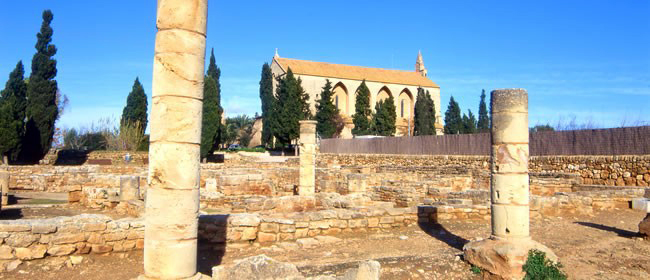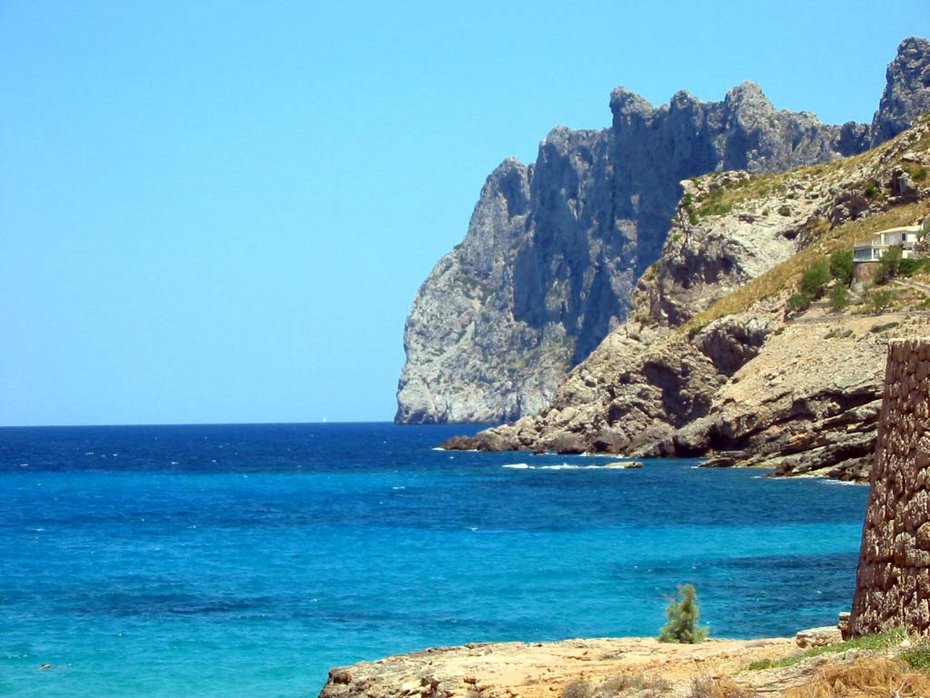
The north of Mallorca: Raiguer
To the northeast of the Palma de Mallorca region and to the northwest of Pla de Mallorca, the Raiguer landscape zone borders the southeastern slope of the Serra di Tramuntana. It forms the transition zone from the mountains to the plains in Pla de Mallorca. Although the region is crisscrossed by numerous rivers and waterways, there is little fertile farmland. Economically, the towns and communities, especially the city of Inca, focus primarily on the shoe and leather crafts, for which they are famous. The region has a total population of around 130,000. The largest town is Marratxi, with approximately 33,000 inhabitants – although it is already a suburb of Palma. The actual center of the Raiguer region is the small town of Inca, with its approximately 30,000 inhabitants.

Alcúida
The municipality of Alcúida, with just under 20,000 inhabitants, is also considered important for the region. The municipality is located in the northeast of the region, where a relatively narrow peninsula extends far into the sea and features numerous coastlines and bays. The historic old town of Alcúida, the capital of the municipality of the same name, is located on a small mountain saddle between the two bays of Pollenca and Alcúida.
Inca
The shoemaking guilds located in the municipality of Inca and the capital of the same name have been established here since the 13th century, making them the oldest and most traditional on the entire island. The shoes from this region also enjoy an excellent international reputation. The so-called Leather Town is one of Mallorca's largest towns; in addition to shoes, furniture covers and other clothing items, such as jackets, are also manufactured here. The town center, which was once primarily characterized by production halls, has been extensively restored and rebuilt. Today, the streets are paved and planted with trees, and many "downtown accessories," such as benches and lanterns, further enhance the city center and have turned it into a wonderful shopping paradise. The entire town is dotted with small restaurants in former wine cellars, and many sights, such as the baroque church of Santa Maria la Major d'Inca, the Dominican monastery, the church of Sant Francesc, and the Museo de Sera wax museum, await visitors.
Other places and sights in the north of Mallorca
The area has probably been inhabited since around the 2nd millennium BC, and there are also several caves from the pre-Talayotic culture here. The entire coastline of the municipality is 30 kilometers long, and the harbor of Port d'Alcúida is now a very popular tourist destination. The municipality is divided into two parts. To the east lies the rocky mountain range of the Victòria Peninsula, covered in ancient oaks and pines, which is difficult to access and therefore sparsely populated. To the west lies a plain that is also used for agricultural purposes. Since the 1960s, the area has been increasingly developed for tourism, resulting in almost twice as many hotel beds as inhabitants.

In addition to the beautiful long sandy beaches for beach vacationers and the nearby mountains that captivate hikers, there are also some impressive sights for culture enthusiasts to discover: the neo-Gothic church of Sant Jaume, whose predecessor dates back to the 14th century, the Renaissance church of Sant Crist from the 17th century, and the Gothic church of Santa Anna from the 13th century just south of the town are just a few of the many important buildings to explore here.
A special highlight is the Can Torró Library, which was rebuilt in the 1990s in a 14th-century manor house and is considered the most modern library in the entire Balearic Islands. History buffs will find everything they could wish for in the historic city center, the medieval and Renaissance city walls, as well as numerous museums, large and small, and the particularly impressive archaeological excavations in the Roman city of Pollentia.
The Cave of Sant Martí, a natural rock cave at the southern foot of the Puig de Sant Martí, which was used as a place of worship since the early days of Christianity, now houses two Gothic chapels built in the 13th and 14th centuries. The marsh and nature reserve S’Albufereta de Pollença, the little Albufera, is home to many rare bird species, but is largely privately owned.








